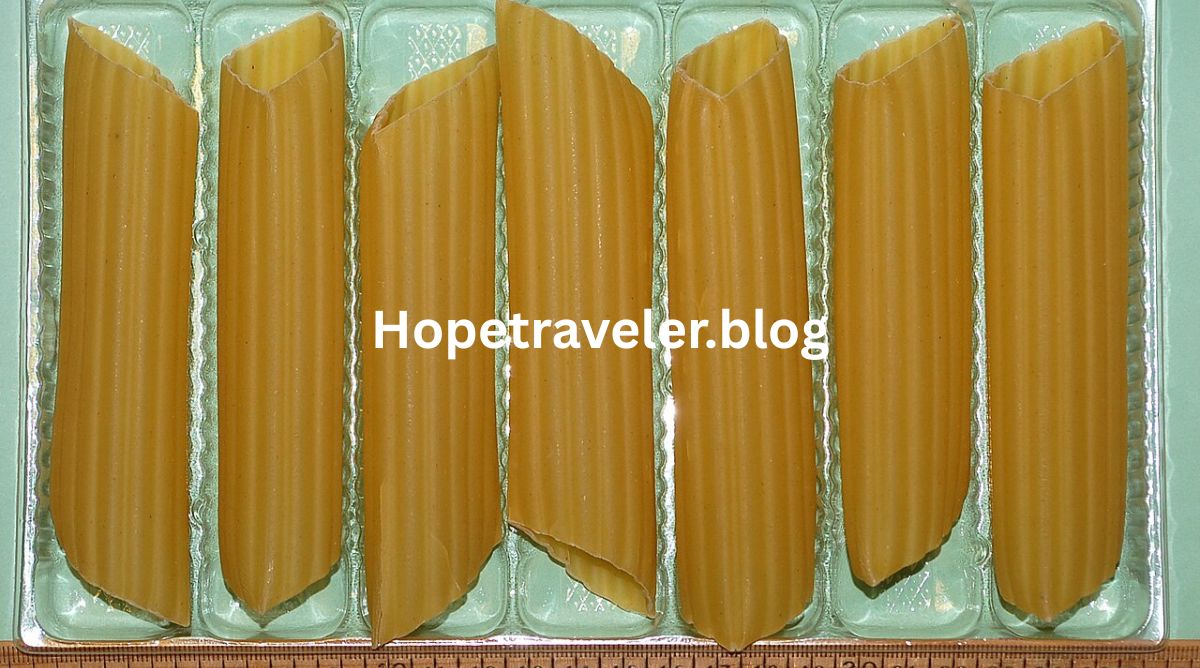Mannacote is a term that has gained attention across different fields such as wellness, coatings, and agriculture. However, the word “Mannacote” does not have a single, universally accepted definition. It is often associated with coating technology, slow-release fertilizers, or even misinterpreted as a variant of the Italian pasta dish manicotti. This article will explore each of these interpretations, explain the origins, industrial relevance, and the confusion surrounding the name, while linking to the related Wikipedia source.
What Is Mannacote?
The term Mannacote can refer to multiple concepts depending on the context in which it is used. Some people encounter it in industrial settings, others in agricultural use, and some in culinary references. Essentially, the term combines the ideas of “manna” (meaning food or nourishment) and “coat” (referring to covering or protection).
This dual structure of the word makes it adaptable to industries that deal with protection, nutrition, or layering — whether that’s coating a surface, fertilizing plants, or even preparing food.
Origin and Meaning of the Word Mannacote
The origin of the name Mannacote appears to come from the blending of two roots:
- “Manna” — an ancient term that symbolizes nourishment or a divine source of food, famously referenced in the Bible. It represents something beneficial, sustaining, and essential.
- “Cote” or “Coat” — a suffix that suggests covering or protection.
Together, Mannacote symbolically stands for something that both nourishes and protects. That interpretation fits neatly whether you talk about plant nutrients, industrial protective coatings, or even culinary dishes.
Mannacote as an Industrial Coating
In industrial applications, Mannacote refers to a protective coating material used for metal, concrete, and other surfaces. Such coatings are designed to prevent corrosion, moisture damage, and chemical degradation.
Common Features of Mannacote Coatings:
- High durability: Designed to withstand harsh weather and mechanical abrasion.
- Corrosion protection: Prevents rust and oxidation on metal surfaces.
- Chemical resistance: Useful in environments exposed to solvents or acids.
- UV stability: Protects surfaces from sun damage.
- Low environmental impact: Some variants are marketed as low-VOC (volatile organic compound) coatings.
These coatings are often used in construction, marine, automotive, and manufacturing industries to extend the life of valuable assets.
Mannacote in Horticulture and Agriculture
In the world of agriculture, Mannacote is known as a polymer-coated slow-release fertilizer. It allows nutrients to be released gradually over time, providing a steady supply of essential minerals to plants.
How Mannacote Fertilizer Works:
Each fertilizer granule is coated with a thin polymer layer that controls how quickly water penetrates and nutrients are released. As the soil warms and moisture increases, the nutrients diffuse through the coating and feed the plants.
Advantages:
- Consistent nutrient delivery: Plants receive a balanced feed over several months.
- Reduced nutrient loss: Less leaching of nitrogen and potassium into groundwater.
- Improved soil health: Encourages strong root growth.
- Less frequent application: Saves labor and reduces waste.
This kind of technology is comparable to other controlled-release fertilizers (learn more on Wikipedia).
Mannacote as a Food or Culinary Reference
Another interesting place where the name “Mannacote” appears is in culinary discussions, usually as a mistaken or creative spelling of manicotti — the classic Italian pasta tubes stuffed with cheese or meat.
The manicotti, which literally means “little sleeves,” are large pasta shells that can be filled and baked with sauces. Some recipe blogs or social media posts have mistakenly called it “Mannacote,” but the authentic term remains manicotti.
You can read more about the traditional Italian dish on Wikipedia.
Why the Term Is Confusing
There are several reasons the word Mannacote causes confusion:
- Lack of trademark protection – The term appears to be used freely by different companies and content creators in unrelated industries.
- Phonetic similarity to other words – “Manna” and “Manicotti” sound similar, leading to misspellings and mistaken usage online.
- Multiple industries using it – From coatings to fertilizers to recipes, “Mannacote” has become a shared term rather than an exclusive one.
- No central definition – There is no authoritative technical standard or dictionary entry defining Mannacote.
Because of this, it’s always essential to look at the context before assuming what “Mannacote” means.
Industrial Relevance of Mannacote Coatings
For engineers and manufacturers, the coating version of Mannacote is valuable in protecting surfaces exposed to extreme conditions.
Applications:
- Pipelines and metal tanks – to prevent corrosion.
- Bridges and infrastructure – to increase lifespan and reduce maintenance.
- Automotive parts – to resist scratches and moisture.
- Marine equipment – for salt-water protection.
Using coatings like Mannacote can significantly extend the service life of materials, making them both economically and environmentally beneficial.
Environmental Considerations
Both the fertilizer and coating variants of Mannacote have important environmental dimensions:
- The fertilizer form reduces nutrient runoff, which helps combat water pollution and eutrophication (see Wikipedia).
- The coating form helps reduce resource waste by extending product durability and minimizing repainting or replacement cycles.
These qualities make Mannacote-type products appealing to environmentally conscious industries and gardeners.
Comparison with Similar Technologies
| Application | Comparable Technology | Description |
|---|---|---|
| Industrial Coating | Epoxy Coating | A high-performance resin system for protection. |
| Agricultural Fertilizer | Osmocote | A brand of slow-release plant food using similar coating technology. |
| Culinary Term | Manicotti | Italian stuffed pasta, often misread as “Mannacote.” |
This table shows how the word overlaps with existing technologies and products.
How to Identify the Right Mannacote for Your Needs
Since “Mannacote” can mean different things, always verify before purchasing or using it:
- Check product labels – Confirm if it’s a coating, fertilizer, or food product.
- Read the technical data sheet (TDS) – For industrial use, ensure compatibility with your material.
- Look for safety certifications – Especially if it’s an agricultural or consumable product.
- Research manufacturer reputation – Use reliable sources, and prefer scientifically backed claims.
Is Mannacote Safe?
In most contexts, Mannacote products are considered safe when used correctly:
- Fertilizer form: Safe for plants and soil if applied in recommended doses.
- Coating form: Safe for use on materials when proper ventilation and application guidelines are followed.
- Culinary form: If referring to food recipes, it’s simply a harmless misnaming of manicotti.
For more on industrial safety standards, refer to Wikipedia’s article on Safety Data Sheets.
Conclusion
Mannacote is a versatile and somewhat mysterious term that spans several industries. Whether it describes a protective industrial coating, a slow-release fertilizer, or a culinary reference, its underlying idea remains the same — to protect and nourish.
The word symbolizes a combination of care, protection, and sustenance. Its adaptability across multiple domains also highlights how language and branding evolve in modern industries. Still, users should always verify the context — because the meaning of Mannacote changes depending on where you find it.
For anyone encountering the term in recipes, industry, or gardening, the key takeaway is simple: Mannacote represents something designed to improve, protect, or nourish — but it’s not a single defined product.
Learn more about related terms on Wikipedia.


